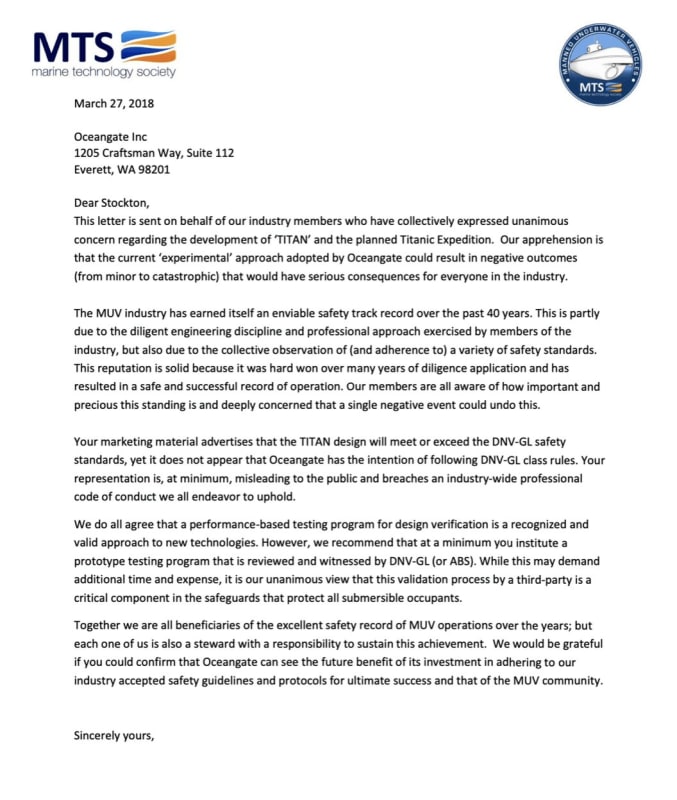TugboatEng
Marine/Ocean
- Nov 1, 2015
- 11,788
For such a critical joint I see some questionable prep work in the video.
-Bare hands touching the bond surface.
-Solvent wiping used instead of caustic degreasers.
-Poor wiping technique
-no surface profile/grit blast immediately prior to fixing.
My understanding of adhesives is general. The metallic component is to be assembled as quickly as possible after surface treatment (usually grit blasting) or primed. Titanium oxidizes very quickly in air. Adhesives form weak bonds with metal oxides. Over time, exposure to water forms hydrates with the oxides which breaks the bond with the adhesive. This caused joint failure.
-Bare hands touching the bond surface.
-Solvent wiping used instead of caustic degreasers.
-Poor wiping technique
-no surface profile/grit blast immediately prior to fixing.
My understanding of adhesives is general. The metallic component is to be assembled as quickly as possible after surface treatment (usually grit blasting) or primed. Titanium oxidizes very quickly in air. Adhesives form weak bonds with metal oxides. Over time, exposure to water forms hydrates with the oxides which breaks the bond with the adhesive. This caused joint failure.

